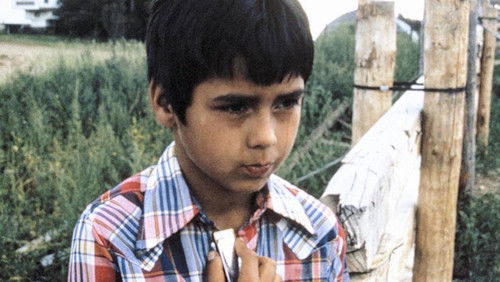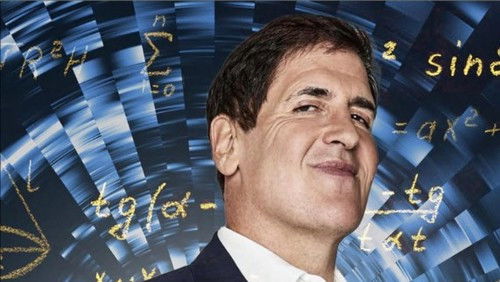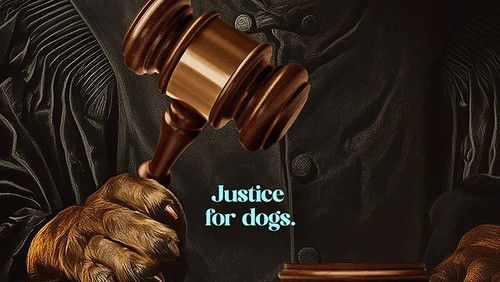Bellingcat: Truth in a Post-Truth World (2018)
63KBellingcat: Truth in a Post-Truth World: Directed by Hans Pool. With Eliot Higgins, Jay Rosen, Claire Wardle, Veli-Pekka Kivimäki. Bellingcat: Truth in a Post-Truth World explores the promise of open source investigation, taking viewers inside the exclusive world of the “citizen investigative journalist” collective known as Bellingcat.
“Seen at IDFA 2018, the International Documentary Festival in Amsterdam. It provides for a good understanding of what Bellingcat entails, more accessible than I had imagined beforehand. I had feared ample techno babbles and screens full of gibberish that frighten people on average, turning them away from the subject at hand. The film makers even left out the seemingly inevitable images of busy data centers, flashing lights and network cabling as usually shown on IT-related news item.u003cbr/u003eu003cbr/u003eBy showcasing a number of well-known high-profile cases, the movie succeeds in keeping any viewer interested. The film makers are also honest in discussing counter forces that go at any length to discredit their initiatives, thus downplaying their reports, by portraying Bellingcat as amateurs or armchair investigators. In other words, using any argument to suggest their results cannot be relied upon. And with powerful adversaries against you, mostly state supported actors or with deep pockets, this is not something to ignore. In passing, some of the personal risks for the contributors (and their families) are mentioned, which is not to be neglected either, and can be a deterrent for new volunteers to participate.u003cbr/u003eu003cbr/u003eA nice example of what they can accomplish was their investigation of a photo showing the aftermath of an apparently regular car bomb explosion with many dead/wounded lying around. They established that it was a fake, starting with a car exploding on an empty square, after which the u0026quot;bodiesu0026quot; walked in, to be randomly scattered around, all ready for shocking pictures to be taken. Of course, the original (fake) was picked up by the media. It took a lot of effort to let the news outlets (like Reuters, CNN etc) retract their original report. And even when publicly withdrawn, the damage to the public opinion cannot that easily be repaired.u003cbr/u003eu003cbr/u003eThere is one thing that worries me. The movie mentions it yet without badly needed emphasis: how to archive all material so that it will sustain a court case, and cannot be dismissed by lawyers?? The underlying information can disappear, due to being deleted by the author, on his own initiative or due to pressure. Or it can be removed by the platform (Facebook, Twitter, Youtube etc), due to being too graphical or not politically correct. It should actually be sealed (as I call it loosely) to prevent it from being altered, and this u0026quot;sealu0026quot; has to be resistant against critical lawyers when the case is presented in court at a later stage.u003cbr/u003eu003cbr/u003eAll in all, this movie offers a fascinating insight in recent initiatives, where technical knowledge, lots of time and ample motivation to chase for the truth, is invested in fact-checking. This is desperately needed as powerful parties and even state sponsored actors do their best to create their own u0026quot;fakeu0026quot; news that better serves their interest, better for them than the real facts. However, there is also such a thing as responsibility to protect your sources, like witnesses and leaked documents, and premature naming and shaming of alleged perpetrators and their family, who have done nothing wrong but can be threatened or involuntarily damaged. And finally, can Bellingcat ever be wrong, in spite of their good intentions?? I donu0026#39;t have the answers, and neither has the movie.”









